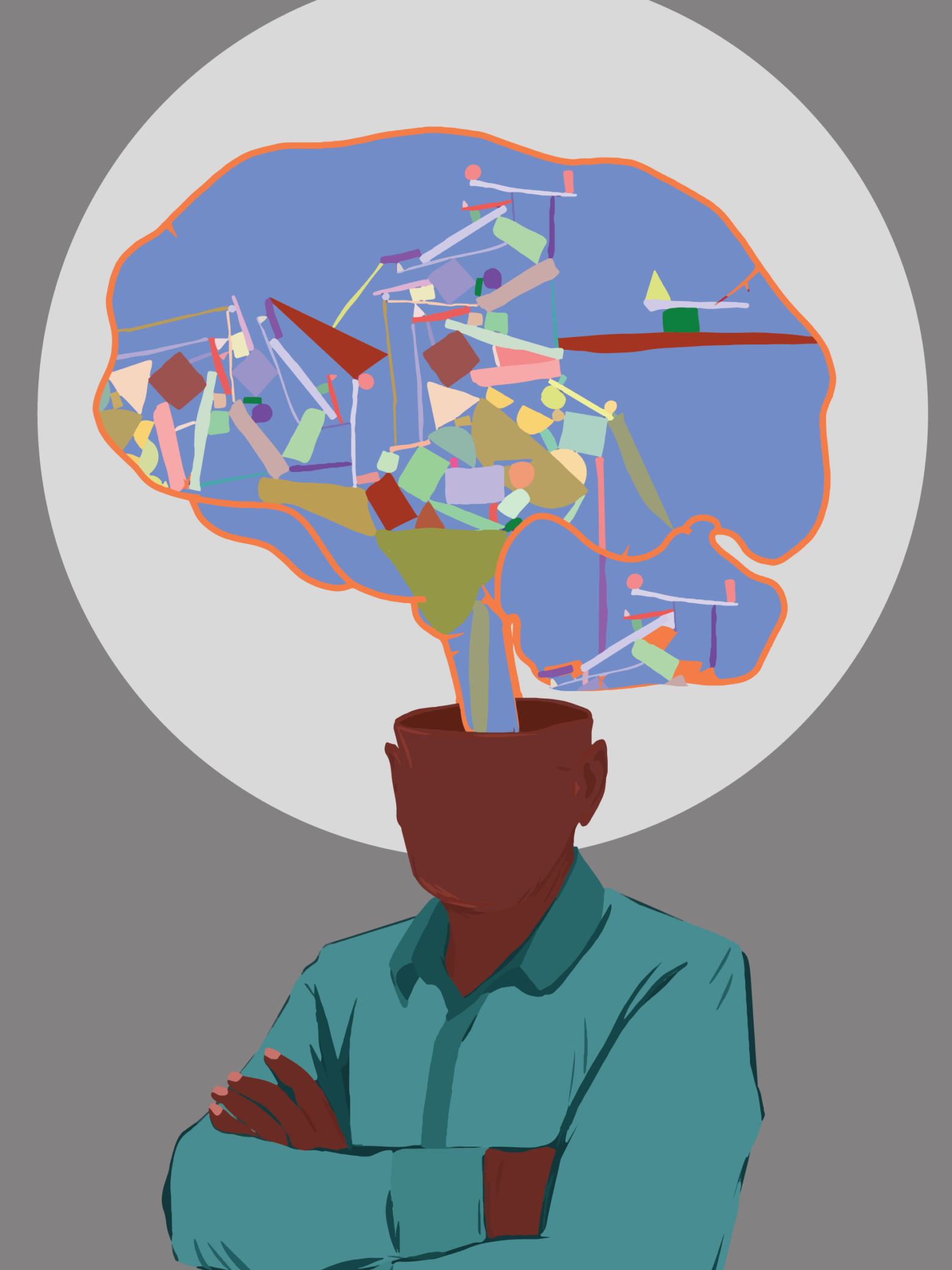
Opinion
The neurological impact of being Black in the U.S.
In the crowded New York City train station, hundreds of other people rushed past me. I swiped my MetroCard and heard someone say, “Excuse me, sir.”
Two New York City police officers gestured for me to approach. “There’s someone in this station illegally selling MetroCard swipes,” one said, giving me a stern look. “Can I take a look at your card?” The officers studied my pass, glanced at each other, and studied my pass again. Finally, the second officer handed it back to me, saying, “You’re good to go.”
From the subway platform, I watched the officers to see who they would stop next. One person passed by uneventfully, then ten, then more. The reality of the situation set in: I had been profiled. All day, I asked myself, “Do I look like a criminal?”
My daily commute to school, once mindless, now became an exercise in hypervigilance. Each time I passed those turnstiles in the next weeks, I mentally replayed my encounter with the police officers. My heartbeat quickened and my muscles tensed. The experience lodged in my mind and body, long after the incident, a familiar phenomenon for people who experience discrimination.
Even when we’re not experiencing racial discrimination, past discrimination lives on in our minds, reminding us of what happened and preparing us for the future.
A growing body of research suggests that racial discrimination is associated with poorer health outcomes, such as higher risks of cardiovascular disease, inflammation, and poorer immune function. This discrimination is strongly linked to accelerated aging at a cellular level. However, we’re still learning exactly how racial discrimination causes these problems.
As a neuroscientist, I have been interested in how racism’s effects on the brain may play a role. All of us create mental representations of stressful events in the past and anticipate that these events will reoccur. This neurological process keeps the stressor alive in our minds. And this is how racial discrimination becomes a chronic stressor for many Black Americans. Even when we’re not experiencing racial discrimination, past discrimination lives on in our minds, reminding us of what happened and preparing us for the future.
These chronic mental representations can show up in the body by activating our endocrine, cardiovascular, and immune systems. This sustained activation, over time, can harm these systems, weathering them—which can accelerate the aging process and the earlier onset of age-related health conditions.
The premise behind research on factors that accelerate the aging process is that we possess two forms of age; chronological age, which is in relation related to our birthdate, and biological age, which is associated with age-related functioning of cells, tissues, and organ systems. With normal aging, we see a near-linear relationship between these two forms of age. As we get older, a gradual decline in the functioning of our body occurs and this decline precedes age-related health problems.
However, under conditions of chronic stress, the biological aging process begins to outpace that of chronological age. This mismatch in aging may then be a key factor in observing how two different individuals of the same chronological age have different health trajectories.
There have been several biological markers, considered the hallmarks of aging, that have been used to examine accelerated aging. One occurs when our DNA undergoes epigenetic modifications or changes in function that then influence cell and tissue function. These epigenetic changes have been consistently correlated with chronological aging. This led to the formation of epigenetic clocks that predict chronological age based on one’s epigenetic makeup. While these clocks proved to be highly accurate, they also illuminated that certain individuals’ biological ages were older than their current ages; a process known as accelerated epigenetic aging.
Racial discrimination research has examined epigenetic accelerated aging as a potential pathway linking racial discrimination and poorer health outcomes in Black individuals. Emerging evidence suggests that not only do Black Americans exhibit greater epigenetic accelerating aging compared to their White counterparts but greater exposure to racial discrimination is a key factor underlying accelerating aging. These findings have supported earlier work showing strong associations between racial discrimination and other age-related metrics such as inflammation and telomere length.
Earlier research in my laboratory and others has shown that racial discrimination is associated with greater engagement and connectivity of brain areas associated with stress and emotion. To extend this research, I examined whether changes in brain activity would influence racial discrimination’s effects on accelerated aging.
We found that racial discrimination was associated with greater connectivity between the left locus coeruleus, a brain area critical to coordinating our attention to external or internal stimuli, and the precuneus, an area involved in recalling past personal events. This connectivity pattern, in turn, was linked to accelerated epigenetic aging. These findings proposed a pathway through the brain in which exposure to racial discrimination may affect the way our body ages.
This connectivity pattern provides neurobiological support for the idea that racial discrimination remains psychologically “alive” through greater engagement of brain areas that coordinate and focus attention to past experiences, and in doing so, affect the aging of the body.
I believe our research points to the growing evidence highlighting the pervasive effects of racism on the health of Black people. Our nation has poor progress in improving race relations; studies highlight a critical need for measures that help protect Black people from the harmful effects of racism.
Programs that address implicit bias, which can lead to discriminatory behaviors, are one form of prevention. States like California and Massachusetts have created legislation mandating implicit bias training for health care providers. President Trump’s executive orders ending all diversity, equity, and inclusion polices and programs in the federal government—and threatening policies in the private sector—jeopardizes this progress. We’re still learning more about the connection between discrimination and the brain, but this we know: Reducing exposure to racism should be paramount in protecting the health of Black people.
Source image: Dusan Stankovic / iStock


